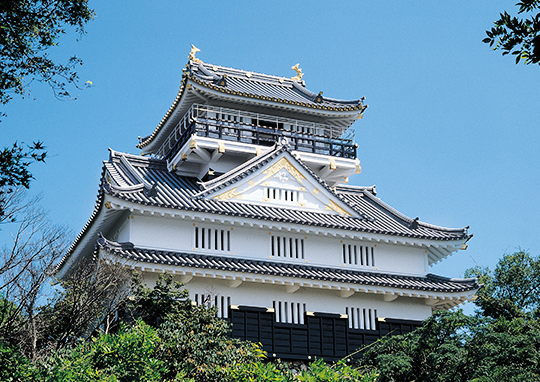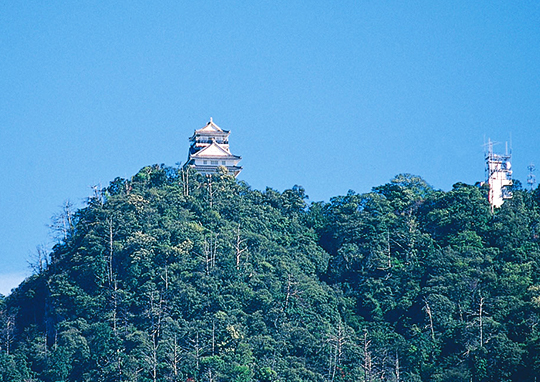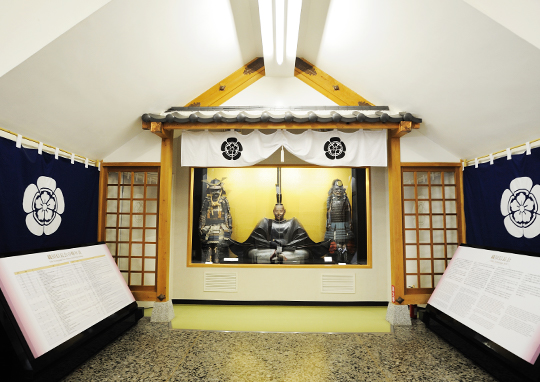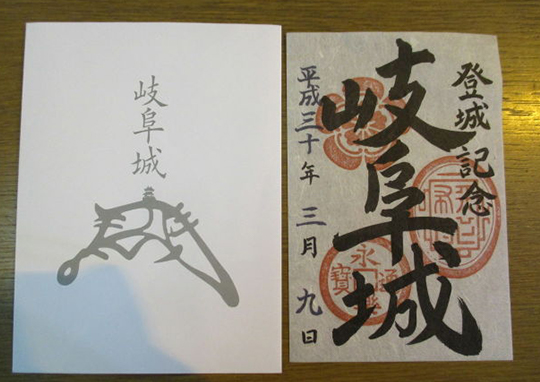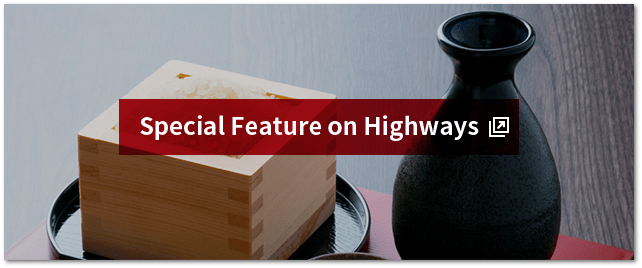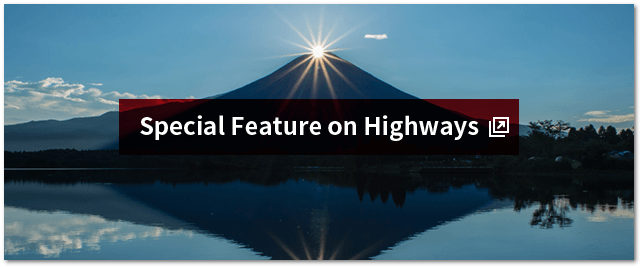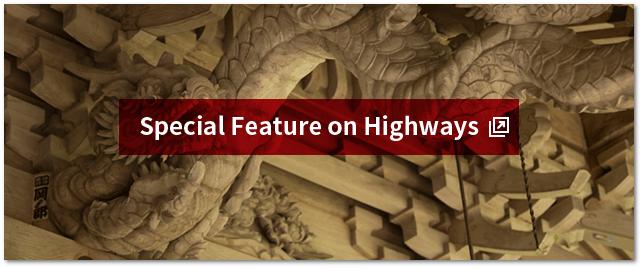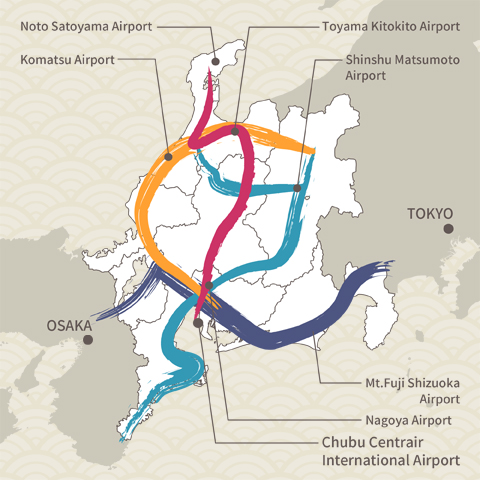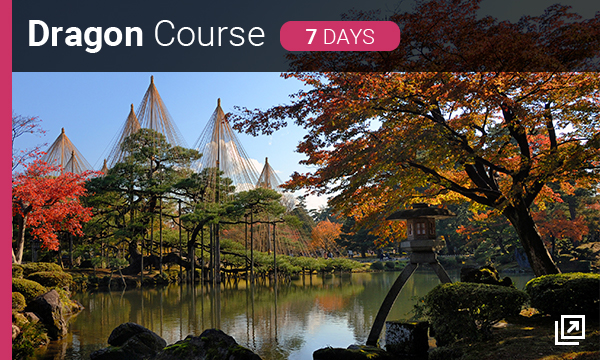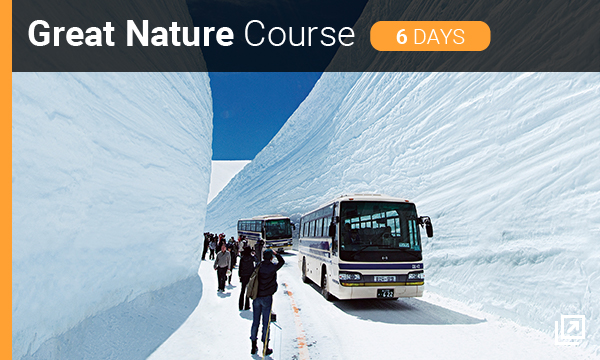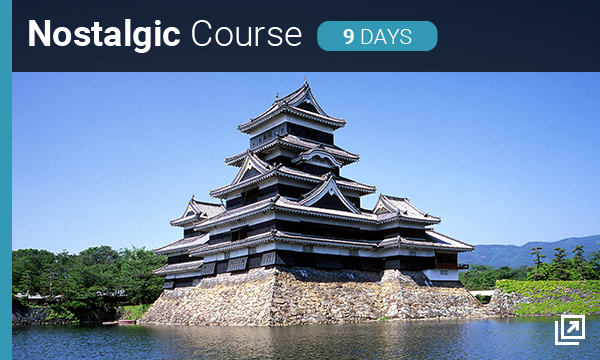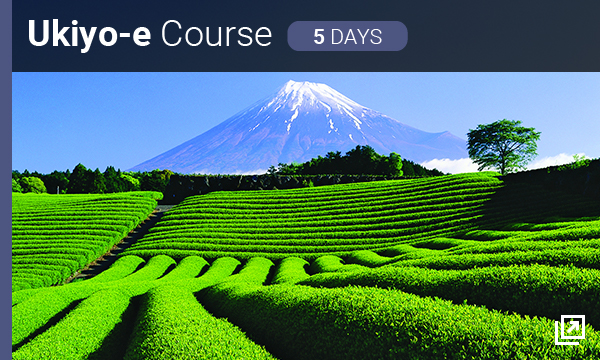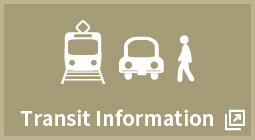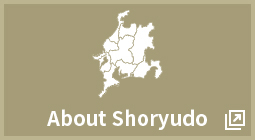Gifu Castle on Mount Kinkazan


Recommended Themes, Seasons and Activities


Natural Scenery:Mountain and Valley
History:Castle and Historical Site, Treasure Hall and Museum

Spring / Summer / Autumn / Winter

Cultural Experiences(Vermilion Seal) / Walk / Photograph
Visit the castle of Oda Nobunaga, his main base for unifying the nation
Gifu Castle stands on the summit of Mount Kinkazan, overlooking the Nagara River from an elevation of 329 meters. Built in 1201 by Nikaido Yukimasa of the Kamakura shogunate, the castle is said to have been the first fortress constructed on the site. Gifu Castle was originally called Inabayama Castle, and during the Sengoku Period, it was the home fortress of Saito Dosan, the protagonist of the novel Kunitori Monogatari by Ryotaro Shiba. The lofty castle on the rocky crag was seen as impregnable, and even Oda Nobunaga, in his campaign to conquer Mino Province, was not able to attack it easily. Nobunaga finally took the castle in 1567 and became its lord. The surrounding area had been called Inoguchi, but Nobunaga renamed it Gifu. He also changed the name of Inabayama Castle to Gifu Castle and made it his base for unifying all of Japan. The name “Gifu” is associated with King Wen, the founder of the Zhou Dynasty in ancient China, whose seat of government was in Qishan. (The names “Gifu” and “Qishan” have nearly identical meanings.) Nobunaga poured his energies into restoring the castle town until passing his rule over the family to his son Nobutada in 1567. Nobunaga’s innovative policy of protecting free markets and open guilds made the town below Gifu Castle a center of bustling commercial activity.
A sweeping 360-degree view of the Nobi Plain from the summit of Mount Kinkazan!
The current castle was reconstructed in 1956, with an historical exhibit room inside and an observation deck on the top floor. The observation deck looks out over the Nagara River, which is famous for its cormorant fishing. To the east, one can see the massive forms of Mount Ena and Mount Ontake, while Mount Norikura and the Japan Alps are arrayed to the north. Far off to the west one sees Mount Ibuki, Mount Yoro, and the Suzuka Mountains, with the Nobi Plain opening out to the south, and beyond that, Ise Bay seeming to float in the distance.
There are many climbing routes on Mount Kinkazan, providing a wide variety of natural pleasures. You can go for a hike that gives you a view of the city of Gifu below, or follow a course that traverses several different wetland areas. There’s also a course where you can drink in the sound of birdsong and the sight of fresh greenery to your heart’s content. Or if you prefer, the Mount Kinkazan Ropeway aerial tramway will carry you to the summit in just three minutes, little more than the blink of an eye.
How about memorializing your visit to Gifu Castle with a sheet of commemorative calligraphy (with a red seal affixed)? Kanji characters saying “Gifu Castle” are written in bold brush strokes on Mino washi, the famous traditional paper of Gifu Prefecture.
Gifu Castle on Mount Kinkazan
Address |
18 Tenshukaku, Kinkazan, Gifu, Gifu Prefecture (at the summit of Mt. Kinka) |
Hours |
Mar. 16 to May 11: 9:30 am to 5:30 pm
May 12 to Oct. 16: 8:30 am to 5:30 pm
Oct. 17 to Mar. 15: 9:30 am to 4:30 pm
♦ New Year’s Day only: 6:30 am to 4:30 pm |
Closed |
Open daily |
Cost |
Adult, 200 yen; child (age 4–15), 100 yen |
Phone |
058-263-4853 |
Access |
By Gifu Bus, board bus heading in direction of Nagarabashi, such as N80 bound for Takatomi, or the counter-clockwise Shinai-Rūpu-sen (loop bus) from JR Gifu or Meitetsu Gifu Sta., to Gifu Kōen Rekishi
Hakubutsukan-mae, about 15 min. Then walk 3 min. walk to Gifu Park, and another 3 min. to Mt. Kinka Ropeway; to castle after ascent, walk about 8 min. |
Web site |
http://www.city.gifu.lg.jp/3537.htm |
Other Spots

-
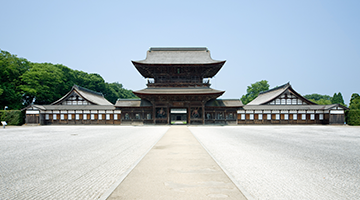
Zuiryuji Temple

Toyama

History
Good Luck and Festivals
Spring
Autumn
-
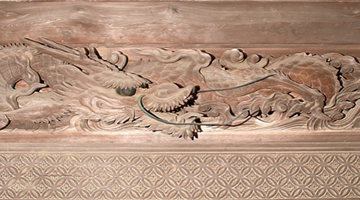
Zuisenji Temple

Toyama

History
Good Luck and Festivals
The Arts
Spring
Summer
Autumn
Winter
-
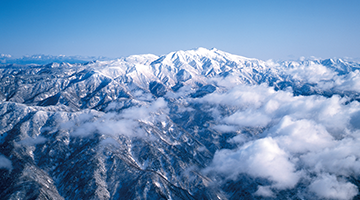
Shirayama Hime Jinja Shrine

Ishikawa

Natural Scenery
History
Good Luck and Festivals
The Arts
Spring
Summer
Autumn
Winter
-
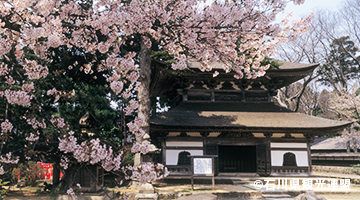
Sojiji Soin

Ishikawa

History
Good Luck and Festivals
Spring
Summer
Autumn
Winter
-

The Ukimido Pavilion

Ishikawa

Natural Scenery
Dragon Legends
Spring
Summer
Autumn
-
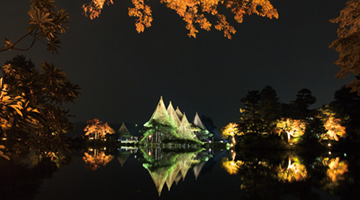
Kenrokuen Garden

Ishikawa

Natural Scenery
History
Good Luck and Festivals
Spring
Summer
Autumn
Winter
-
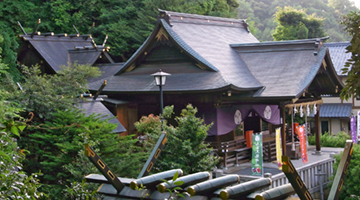
Keya Kurotatsu Jinja Shrine

Fukui

Natural Scenery
History
Good Luck and Festivals
The Arts
Spring
Summer
Autumn
-
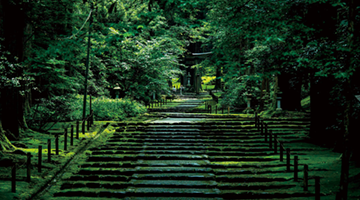
Hakusan Heisenji Shrine

Fukui

Natural Scenery
History
Good Luck and Festivals
The Arts
Spring
Summer
Autumn
-
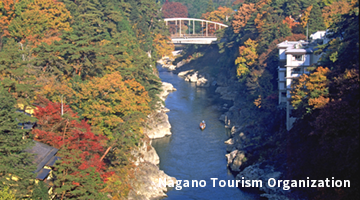
Tenryukyo

Nagano

Natural Scenery
Spring
Summer
Autumn
Winter
-
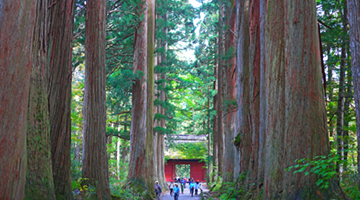
Togakushi Jinja Shrine

Nagano

Dragon Legends
History
Good Luck and Festivals
The Arts
Spring
Summer
Autumn
Winter
-
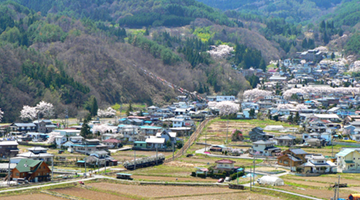
Bessho Onsen

Nagano

Dragon Legends
History
Good Luck and Festivals
Spring
Summer
Autumn
Winter
-
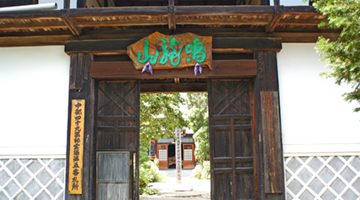
Myokenji Temple

Nagano

History
The Arts
Spring
Summer
Autumn
Winter
-

Kokeizan Eiho-ji Temple

Gifu

Natural Scenery
History
Good Luck and Festivals
Spring
Summer
Autumn
Winter
-
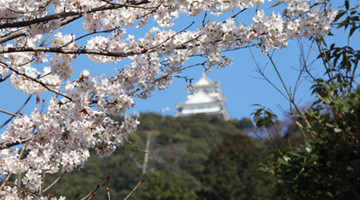
Gifu Castle on Mount Kinkazan

Gifu

Natural Scenery
History
Spring
Summer
Autumn
Winter
-

Ryujin-no-Taki Falls

Gifu

Natural Scenery
Dragon Legends
History
Good Luck and Festivals
Spring
Summer
Autumn
-
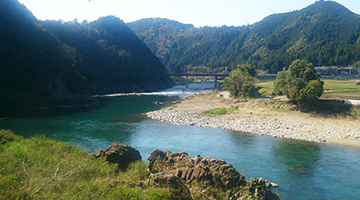
Headwaters of the Nagaragawa River

Gifu

Natural Scenery
Dragon Legends
Spring
Summer
Autumn
Winter
-

Senkoji Temple

Gifu

Natural Scenery
History
Good Luck and Festivals
The Arts
Spring
Summer
Autumn
-
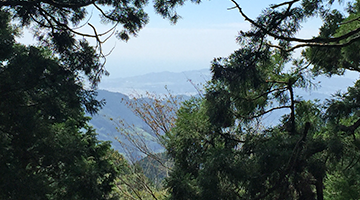
Mount Ryusozan

Shizuoka

Natural Scenery
History
Spring
Summer
Autumn
-
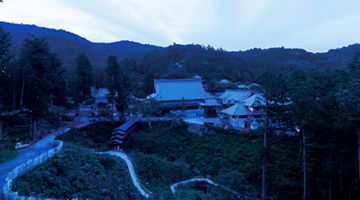
Hokoji Temple

Shizuoka

Natural Scenery
Dragon Legends
History
The Arts
Spring
Summer
Autumn
Winter
-
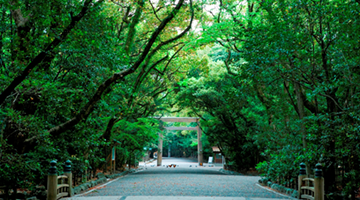
Atsuta Jingu Shrine

Aichi

Natural Scenery
History
Good Luck and Festivals
The Arts
Spring
Summer
Autumn
Winter
-
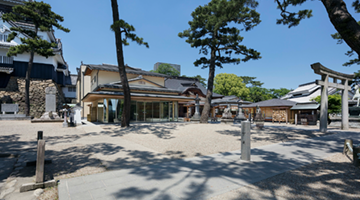
Tatsuki Jinja Shrine

Aichi

Dragon Legends
History
Good Luck and Festivals
The Arts
Spring
Summer
Autumn
Winter
-

Masumida Jinja Shrine

Aichi

Dragon Legends
History
Good Luck and Festivals
Spring
Summer
Autumn
Winter
-
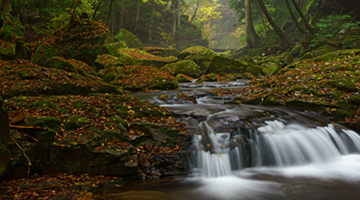
The akame 48 falls

Mie

Natural Scenery
Dragon Legends
Spring
Summer
Autumn
Winter
-

Yokoyama Ishigami Jinja Shrine

Mie

Dragon Legends
History
Good Luck and Festivals
Spring
Summer
Autumn
Winter
-

Yahashira Jinja Shrine

Mie

History
Good Luck and Festivals
Spring
Summer
Autumn
Winter
-
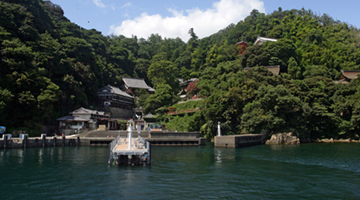
Chikubushima Island Hogonji Temple

Shiga

Natural Scenery
Dragon Legends
History
Good Luck and Festivals
Spring
Summer
Autumn
Winter
-
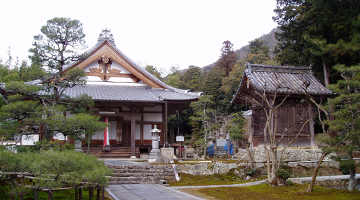
Ryuoji Temple

Shiga

Dragon Legends
History
Good Luck and Festivals
Spring
Summer
Autumn
Winter
-
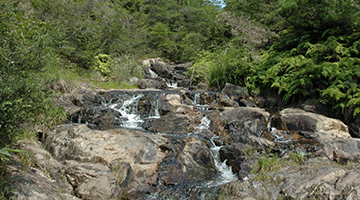
Ryuogu at ruins of Unkanji Temple

Shiga

Natural Scenery
Dragon Legends
History
Spring
Summer
Autumn
-
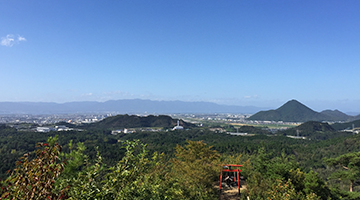
Garyu-no-Mori Forest

Shiga

Natural Scenery
Spring
Summer
Autumn
Winter
-
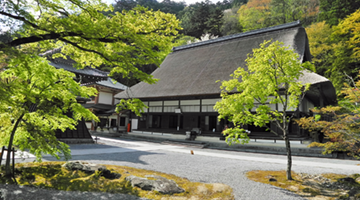
Eigenji Temple Founder’s Hall

Shiga

Natural Scenery
History
Good Luck and Festivals
Spring
Summer
Autumn
Winter

See Other Routes

The Four Shoryudo Routes






























